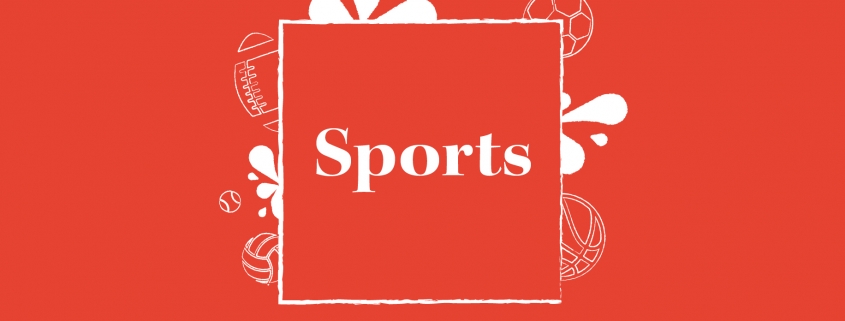Playing for Profit: Jersey sponsorships shouldn’t go the highest bidder
The Los Angeles Galaxy are one of, if not the premier brand in U.S. soccer. Their jerseys are also sponsored by Herbalife Nutrition, a company that might be a pyramid scheme. Imagine if the Galaxy, and other sports teams, were sponsored by companies that actually meant something to the communities they represent? How many Angelenos would buy L.A. Galaxy merchandise or attend a game if they were sponsored by, say, In-N-Out burger?
Jersey sponsorships are one of the easiest ways for sports franchises to make money. Unfortunately, these sponsorships are becoming increasingly random, as teams continue to agree to promote the company that offers the most money, regardless of its affiliation to the club. While leagues in the United States are experimenting with commercial advertising on uniforms, European soccer clubs have thrived on these partnerships for decades.
What I find troubling, however, is the lack of creativity that goes into these sponsorship agreements. Club executives usually offer the real estate on their uniforms to the highest bidder, with little to no attention paid to what the brand means to the club, its city and its supporters.
Uniform sponsorship has become an increasingly vital source of revenue in recent years. Estimates say Manchester United rake in just under $100 million per year on jersey and sleeve sponsorships alone. If companies such as Chevrolet and Kohler continue to shell out absurd amounts of money to place their logo on the front of a jersey or its sleeve, clubs will happily cooperate.
But what if Manchester United signed a jersey sponsorship deal with a company that actually meant something to the residents of Manchester? I’m not saying foreign companies shouldn’t be allowed to advertise in mainstream sports. I’m merely pointing out a missed opportunity.
When England captain and Tottenham Hotspur striker Harry Kane scores a goal, replays quickly circulate on social media. Tottenham’s jersey sponsor, AIA, is an Asian-Pacific life insurance company. What would happen if Kane’s same highlights spread worldwide, but he was wearing a jersey sponsored by English retailer Tesco?
Some may argue the London-based grocery outlet can’t pay Tottenham the annual $40 million they expect for a jersey sponsorship, which is likely accurate. But what’s the dollar value on the ability to gain name recognition with non-soccer fans? While no club wants to be known as the “Tesco-club,” there’s value in representing brands fans have personal ties to.
While Tottenham still might not see choosing a local sponsor as a chance for financial growth, less popular clubs should seize the opportunity to do so. Last season, Tottenham and five other clubs brought in an excess of $40 million on their jersey sponsor deal. Nine clubs brought in less than $10 million. For a club like Brighton & Hove Albion, how much worse could Tesco do than the $2 million they receive from American Express?
If you’re a club fighting for eyeballs in the public sphere, what better way is there to gain recognition and immerse yourself within a community than to promote a beloved local business on your jersey? Current fans won’t abandon the club because of a jersey sponsorship, and new fans can potentially be drawn in purely based on name and brand recognition.
While newly found, casual fans might not necessarily pour the same amount of money into tickets and merchandise as typical fans, they would still bring money into the club.
This season, 12 of the 20 clubs in England’s Premier League were sponsored by a company involved in either gambling or financial services. Just four clubs represented a company based in the United Kingdom. Instead of awarding sponsorship deals to the highest offer, soccer clubs should be partnering with companies that can help them grow in popularity. While cutting ties with foreign sponsors might be financially irresponsible for clubs such as Tottenham and Manchester United, it should be considered for clubs like Brighton and Sheffield United, who are desperate for viewership and investment.
England and many other European countries pride themselves on how accessible the game of soccer is to the local community, promoting “grassroots” efforts within the sport. I find it interesting that a highly-anticipated clash between Chelsea and Manchester City in England this season featured a jersey matchup of a Japanese tire company against a Saudi-Arabian airline.
This isn’t meant to be some sort of nationalistic rant against the globalization of the Premier League or the expansion of commerical partnership within sports. I just believe it would be beneficial for clubs on the outside of the public sphere to capitalize on the opportunity to align themselves with their community in a unique way.
I mean, is it just me who’s still dreaming about the In-N-Out jerseys?
David Ramirez is a junior writing about the intersection of sports and business. He is also a sports editor at the Daily Trojan. His column “Playing for Profit” runs every other Tuesday.

